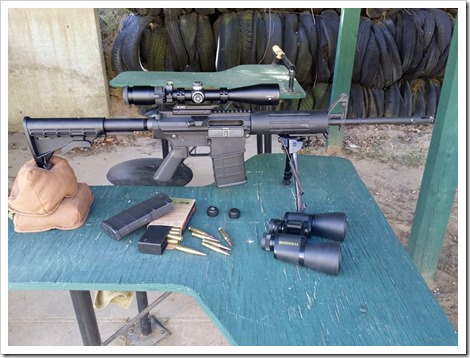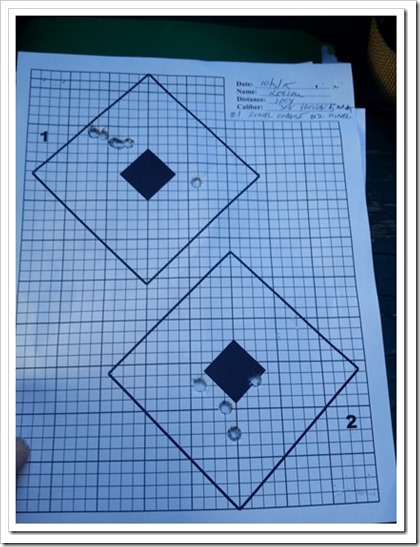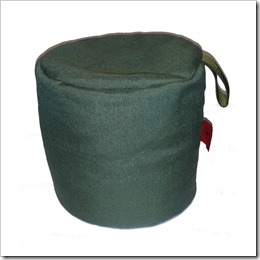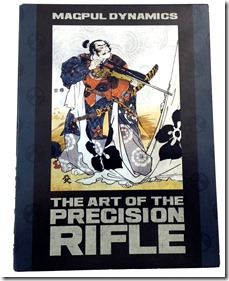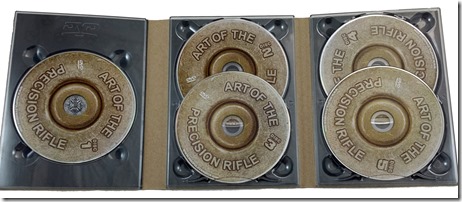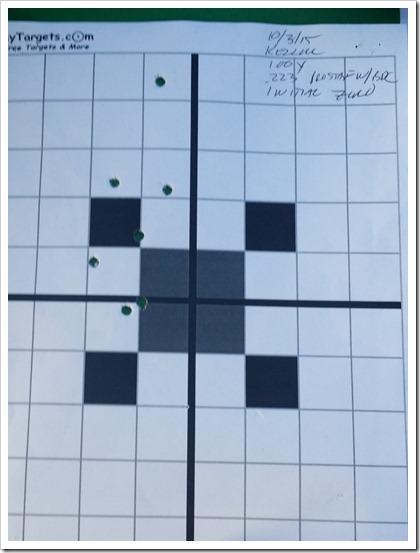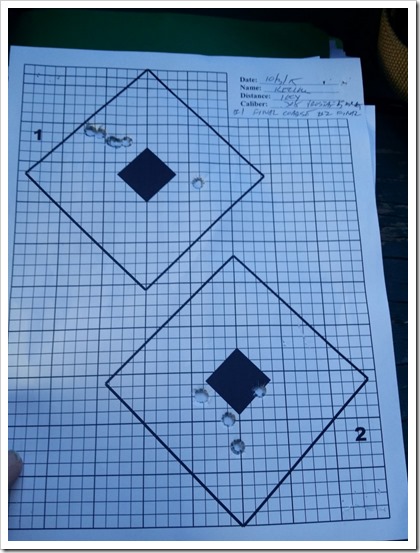The decent down the rabbit hole continues. Jim See has formed an Iowa Precision Shooters group with the intent of holding precision shooting competitions in our region. Our first one is November 7th. There will be 6 stages, 3 prone and 3 from improvised barricades. Each stage will require 8 – 10 rounds with time limits of 90 to 180 seconds. There was no indication of the ranges but the max range for the shooting venue is 800 yards . . . should be interesting. I sense my tail is about to slip below the surface!
So I want to take a few lines to share my prep for this event. And, I want to take a short detour to share why I even bother to share it . . . or anything else on this blog for that matter. Then we’ll get to the “meat”.
I had an interesting conversation with a shooter/trainer whose opinion I value. They are direct, honest and detailed when I look for feedback. They have been kind enough to evaluate coursework I’ve developed and I found their AAR to be of real value. As we chatted some interesting words came out of the Bluetooth earpiece . . . “You know, you’re rare in our industry . . . very few will offer their work up for such evaluation.” I pondered that for a bit – sadly I suspect the evaluation is true.
As instructors I believe we must challenge ourselves . . . on the range, in the classroom and it what we choose to develop and offer to prospective students. If we can’t answer the where’s, whys and how comes . . . honestly we have no business offering anything to a student. Since I focus on the “new and inexperienced” shooter most of what I offer is basic or foundational. One of the quickest – and perhaps the most uncomfortable ways – is to hold yourself up to your peers for review and evaluation.
And another is to share what you’ve learned, how you’ve learned it, what your thoughts are, what your opinions are . . . so others can learn from your mistakes and successes. And that, good reader, IS the purpose of this blog . . . so you can learn for both my words and experiences – it’s as simple as that. Back to the title of this post – preparing for your first LR precision shooting meet.
The Gun
It needs to be both precise and accurate, at least 1 MOA and reliable. I described my current LR gun here as I prepped for my first LR Shooting Course. As you can see it’s a 16” carbine – not a typical choice for a LR weapon. But, it’s what I have and what I will use for this next year because it’s real purpose is a longer range defensive firearm.
I have upgraded the scope to a Prostaff 5 with a Mil Dot reticle. It’s certainly not a $2,500 piece of glass but I am more than satisfied with it as I begin learning this new skill.
At the end of the day I was able to shoot a couple of sub-MOA groups and a solid MOA group with the level of accuracy I wanted. I’m satisfied it will do the job . . . now we’ll see if I can.
As described above I’ve added a Timney trigger, a Harris bipod, Vortex scope level . . . it’s as ready as I know how to make it.
Rear Bags
The whole idea is to separate your muscles from the gun. By doing this you reduce unwanted tremors that reduce your precision. One of the tools used to do this are rear bags. This looks like one of those “options” that you can easily go crazy on. Already I’ve tried a half dozen. I’ve added a couple for this match . . . the Weibad Mini Cube and Todd Tac Bag. They are used to help you “build your position” to make sure your weapon is as stable as possible. Honestly, this is one of those areas I’m still working my way through . . . we’ll see how it goes on the 7th.
Ammunition
Consistency is the key . . . a consistent position, consistent trigger press, consistent pull weight and a consistent cartridge. While I have reloading gear for the .308 I’m not “there” yet to load a consistent cartridge for the match. The alternative . . . match grade ammunition. My choice is the .308 Hornady 178gr BTHP.
Range Time
THIS is where I’m lacking . . . heavy sigh. I’d love to spend a couple hours each week on this particular skill set. Sadly, real life has a tendency to poke its nose into my fun. But, that said . . . if I focus on the fundamentals of sight alignment, sight picture, reading the wind and trigger press – I am hopeful I’ll not make a fool of myself. Again, time will tell.
Dope
“Dope” is the fundamental adjustments you will need to make to your scope to adjust for bullet drop and windage (the biggies) and a whole host of other things. It’s specific to your barrel, bullet, speed and direction of the wind and the distance to the target. This is my dope for my particular round for this match. The advantage of having this info printed out is that should my Strelok Pro fail on my Android . . . I have everything I need. I also suspect glancing at the sheet will be quicker that punching in the data . . . again, we’ll see.
Clothing
The last piece here is the same as any coursework – dress for the weather. It’s supposed to be in the upper 40s to low 50s with 60% chance of rain. We’re gonna have weather . . . dress for it. It’s as simple as that.
So there you have it – I’m as ready as I’m going to be. The thing I’m really looking forward to is simply the learning opportunity. There are 20+ shooters signed up. Each will have their own thoughts, ideas, methods . . . untold opportunities to learn. Should be fun.
AAR to follow, hope to get enough photos to give you all an idea of how it went. To hold you over a bit here is a link to the Precision Rifle Series 2014 Finale . . . some pretty good shooters there! Enjoy!!
